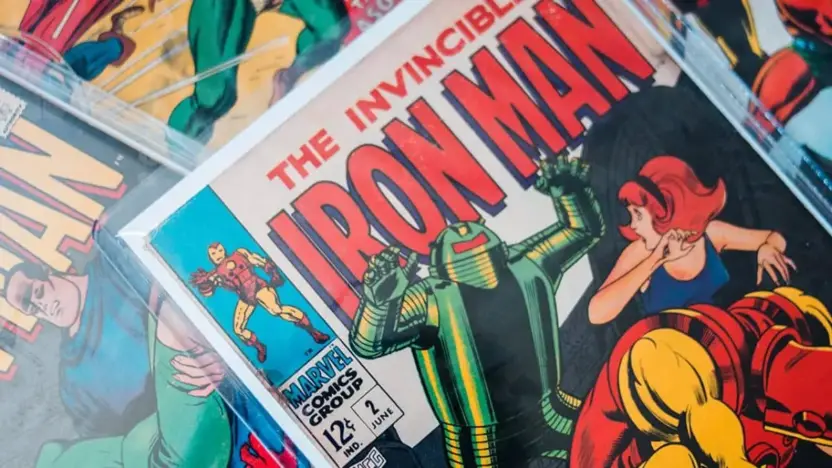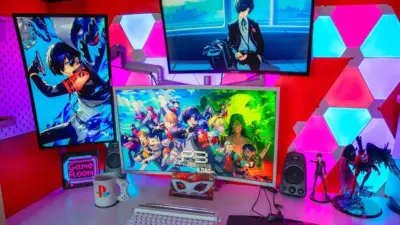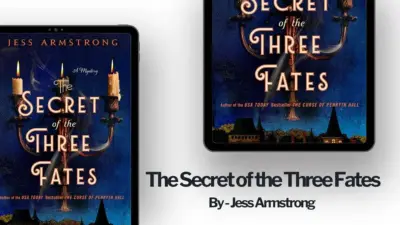Comics have always been more than just stories; they’re experiences. Combining art and narrative, comics hold a unique position in storytelling. While words anchor the plot, it’s the visuals that breathe life into the narrative, turning a good comic into an unforgettable one. In this blog, let’s dive into the magic of visual storytelling and explore how it transforms comic narratives into captivating journeys.
What Is Visual Storytelling in Comics?
At its core, visual storytelling is the art of conveying ideas and emotions through imagery. In comics, it’s the seamless interplay of panels, colors, angles, and character expressions that drives the story forward. Unlike prose or film, comics strike a balance between what’s shown and what’s left to the imagination.
Think about it: a single panel can capture the tension of a standoff, the sadness of loss, or the thrill of victory—all without saying a word. This ability to “show, not tell” is what makes comics such a powerful medium.
The Panel: A Window into the Story
Each panel in a comic is like a snapshot of a bigger picture. But it’s not just about the content of the panel; it’s about how the panels flow together. The spacing, size, and shape of panels create rhythm, guiding readers through the story.
- Dynamic Panels for Action: When depicting an intense battle or chase scene, panels often become irregular or slanted. This chaos mirrors the energy of the moment.
- Wide Panels for Grandeur: To showcase an epic landscape or monumental event, artists use wider panels, giving readers a sense of scale and awe.
- Silent Panels for Emotion: Sometimes, the most impactful moments are those without dialogue. A quiet panel of a character staring into the distance can convey more than a thousand words.
Colors: Setting the Mood
Ever noticed how a comic’s color palette shifts depending on the mood of the scene? That’s no coincidence. Colors are a critical tool in visual storytelling, subtly influencing how readers feel.
- Warm Tones for Passion and Energy: Red, orange, and yellow are often used in high-energy or emotional scenes, like fights or moments of intense love.
- Cool Tones for Melancholy and Mystery: Blues and purples dominate scenes of sadness or introspection.
- Shifts in Palette: A sudden change in the color scheme can signify a shift in the narrative—like a flashback, a dream sequence, or a change in perspective.
One great example is Watchmen by Alan Moore and Dave Gibbons, where the color palette is meticulously chosen to reflect the grim and complex nature of the story.
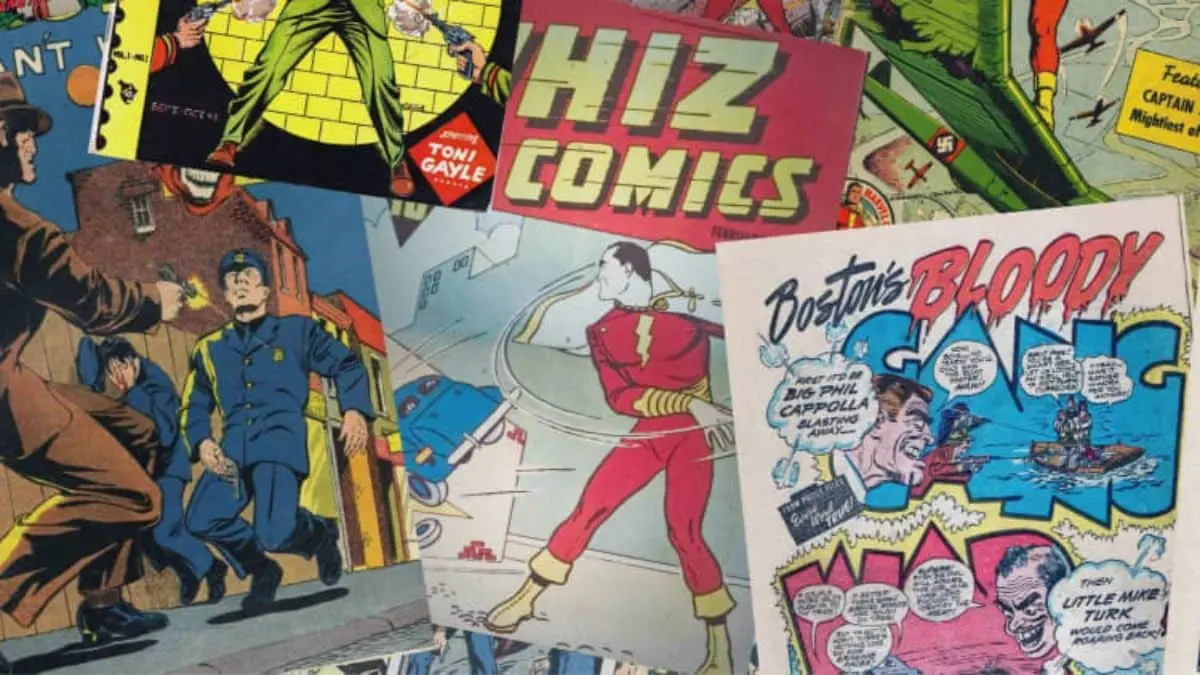
Body Language and Facial Expressions: The Silent Narrators
In comics, characters don’t always need words to communicate. Their body language and facial expressions do a lot of the heavy lifting. A clenched fist, a raised eyebrow, or a slumped posture can convey volumes.
Let’s not forget the importance of exaggeration here. Comics often amplify expressions to make emotions more accessible. Think of Spider-Man’s wide-eyed mask or Batman’s iconic scowl. These visuals are instantly recognizable and communicate personality without explanation.
The Role of Perspective and Angles
The angle from which a scene is drawn affects how readers perceive it. Artists use perspectives to emphasize emotions or highlight specific elements in the narrative.
- Low Angles for Power: Looking up at a character or scene makes it feel larger-than-life. This is often used for villains or heroes in moments of triumph.
- High Angles for Vulnerability: Conversely, looking down on a character makes them seem small, emphasizing their isolation or fragility.
- First-Person Perspective: Rare but impactful, this angle immerses the reader in a character’s experience, making them feel part of the story.
Frank Miller’s The Dark Knight Returns is a masterclass in using perspectives to create tension and drama.
Visual Metaphors: Telling Stories Between the Lines
Comics have a unique ability to use visual metaphors to convey complex ideas. Unlike prose, which spells things out, visual metaphors invite readers to engage actively with the narrative.
For instance, in Neil Gaiman’s The Sandman, the portrayal of Dream’s realm is deeply symbolic, with surreal landscapes that reflect the boundaries between dreams and reality. These visuals add layers of meaning to the story, making it richer and more thought-provoking.
The Symphony of Words and Images
While visuals are the backbone of comics, they work best when paired with carefully chosen words. Dialogue, captions, and sound effects enhance the story, but they shouldn’t overwhelm the art. The key lies in balance.
- Integrated Sound Effects: The “BAM!” of an explosion or the “THWIP!” of Spider-Man’s web adds an auditory dimension to the visuals.
- Captions as Context: Thoughtful captions can provide backstory or delve into a character’s inner thoughts, complementing what’s happening on the page.
- Sparse Dialogue for Impact: Sometimes, saying less makes a moment more powerful. A silent hero standing amidst chaos can be more striking than pages of monologue.
Why Visual Storytelling Matters in Comics
So, why does visual storytelling matter so much? Because it engages readers on multiple levels. It’s not just about absorbing a story—it’s about feeling it, experiencing it. A well-told comic doesn’t just tell you what’s happening; it makes you live it.
Visual storytelling also makes comics accessible across languages and cultures. A powerful image transcends linguistic barriers, making the medium universally relatable.
Examples of Visual Storytelling at Its Best
Let’s take a look at some iconic comics that exemplify stellar visual storytelling:
- Maus by Art Spiegelman: The use of animal characters to represent different races and nationalities is a bold visual metaphor that enhances the narrative’s depth.
- Saga by Brian K. Vaughan and Fiona Staples: This epic series blends fantastical visuals with deeply personal storytelling, making every panel a feast for the eyes.
- Batman: Year One by Frank Miller and David Mazzucchelli: The gritty art style perfectly complements the grounded, noir-inspired tale.
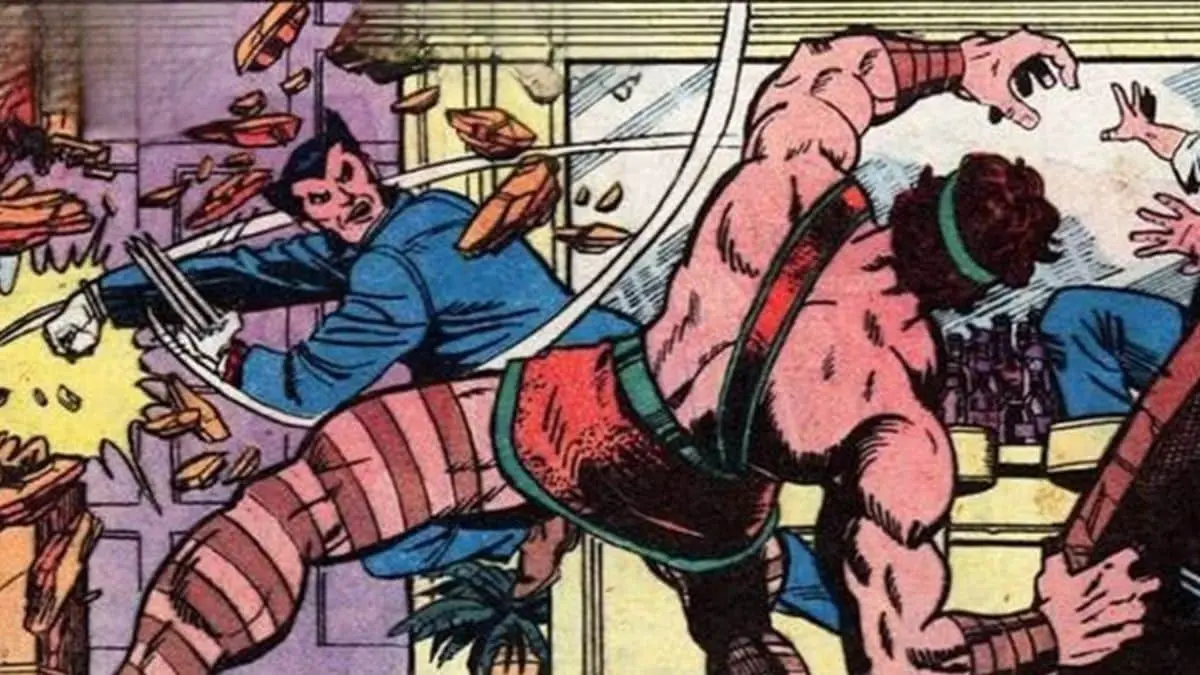
Conclusion: Why We Love Comics
At the heart of it all, comics are a celebration of creativity. They combine the best of literature and visual art, offering a medium where anything is possible. Visual storytelling doesn’t just transform comic narratives; it elevates them, making them immersive, emotional, and unforgettable.
So next time you pick up a comic, take a moment to appreciate the artistry behind each panel. Notice how the visuals guide you, how the colors make you feel, and how the angles draw you in. That’s the magic of visual storytelling—and it’s why comics continue to captivate us, one panel at a time.
Also Read: 10 Sexiest Female Superheroes
